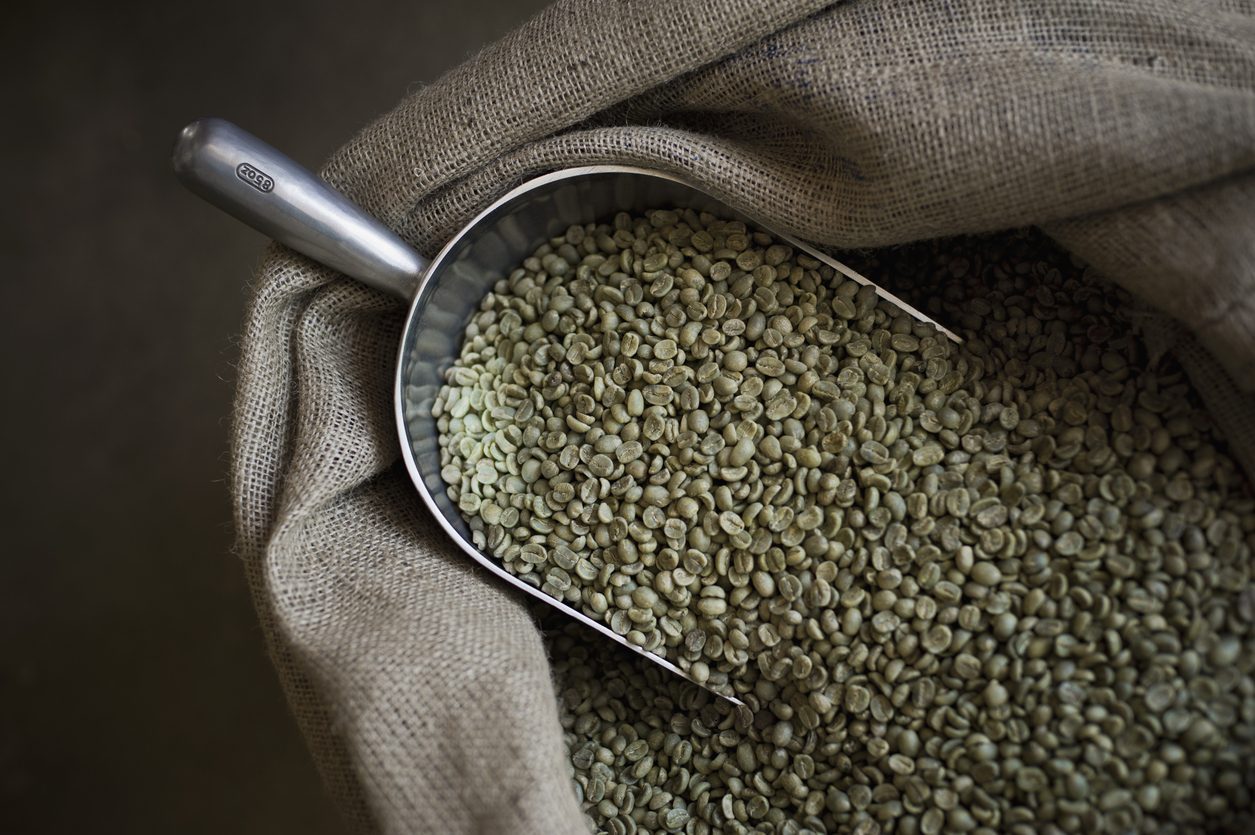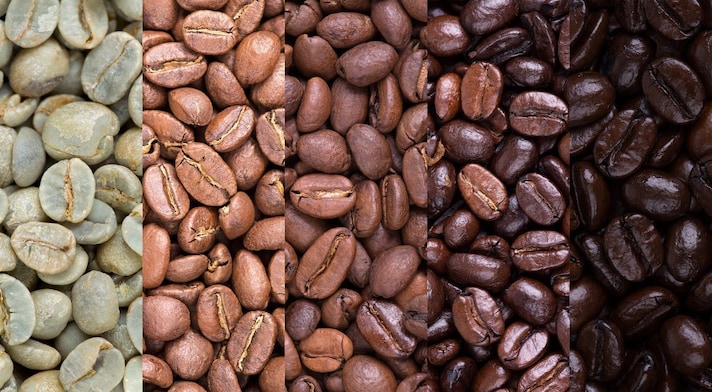What is Green Coffee: How Is It Obtained and What Are its Properties
Also known as raw coffee, green coffee is a valid alternative to traditional coffee. Let's see how it is obtained, what its characteristics are and how it can be consumed.
;Resize,width=742;)
When we talk about green coffee, we might think of a particular type of coffee: in reality, it is simply raw coffee. To explain it, we need to take a small step back: coffee, or rather coffee beans, are obtained from the seeds of some plants of the Coffea genus of which there are different types, but the best known are Arabica and Robusta. When they are harvested, the beans are small and green: these are then subjected to a roasting process that gives them that typical brown color that we all know. The beans are then ground to obtain the blend that will be used to prepare the classic drink that we usually drink.
Green coffee is therefore a type of coffee that is characterized by the presence of beans that have not undergone any roasting process, therefore, raw. But let's look in detail at its characteristics and what its benefits are.
How to Get Green Coffee
Coffee is obtained through a process that consists of different phases: cultivation, maturation, harvesting, drying and roasting. Even in the case of green coffee, all these phases are well respected, with the obvious exception of roasting. So, once the fruit is dried, the pulp is removed, leaving only the bean which, in the case of roasted coffee, is subjected to the roasting process, while in the case of green coffee it is left raw.
But what does roasting coffee mean for the final result? First of all, obviously, the color: the brown, more or less dark, of the coffee beans is the result of this process. The beans are cooked at a temperature that varies between 200 and 230°C (392 to 446°F) – or, in the case of white coffee, it is kept at 170°C (338°F) – and this leads to a transformation in terms of weight, volume, humidity, and aroma. The latter depends on the degrees and time of roasting, so as to obtain a more or less bitter, sweet, sour coffee, and so on. The lack of roasting, and therefore the emergence of the strong and intense flavor typical of this drink, gives the raw coffee a much more delicate and light flavor.
What is not affected by this process is the quantity of caffeine: the latter is in fact naturally present in coffee – as well as in cocoa or tea leaves – and therefore will be present in the same way in both roasted and raw coffee.

Properties and Benefits of Green Coffee
Green coffee, thanks to the high presence of chlorogenic acid and polyphenols, is an excellent natural antioxidant and has significant anti-inflammatory properties, which contribute to the prevention of some diseases and tumors. It also contains a large quantity of vitamins, is rich in calcium, magnesium, phosphorus, zinc and mineral salts. Furthermore, compared to normal roasted coffee, it has a less acidic pH and is therefore particularly recommended for those who suffer from gastrointestinal disorders, as it does not alter the stomach mucosa. Thanks to the presence of caffeine, green coffee, like roasted coffee, helps to stay active and concentrated, can be used to aid the digestive process and as a cure for migraines.
Who is It Suitable for And Who is it Not?
There are no specific indications on the category of people who should avoid or prefer green coffee: the final product contains the same amount of caffeine. However, if consumed in excessive doses, it has the same contraindications as classic roasted coffee: caffeine, despite the benefits it can bring, in high quantities can be harmful to our body, which is why it is not recommended for those who suffer from anxiety, hypertension, irritable bowel syndrome and gastrointestinal disorders in general. It can also lead to mood swings and a worsening of normal sleep patterns. It is therefore recommended not to overdo the consumption of this drink and above all to avoid consuming it together with traditional coffee.

Where to Buy It and How to Prepare It
Green coffee, unlike roasted coffee, is not usually sold ground. It can be found in bags or beans and can be purchased at herbalist's shops, supermarkets or pharmacies.
- If purchased in tea bags, it should be left to infuse in a cup of hot water (preferably at a temperature no higher than 80°C) for about 5-10 minutes and filtered before drinking.
- If purchased in grains, these must first be crushed using a grinder or mortar; the resulting mixture must then be poured into 150 ml of hot water and left to infuse for approximately 10 minutes, filtered with a strainer and served.
;Resize,width=767;)
;Resize,width=712;)
;Resize,width=712;)
;Resize,width=712;)
